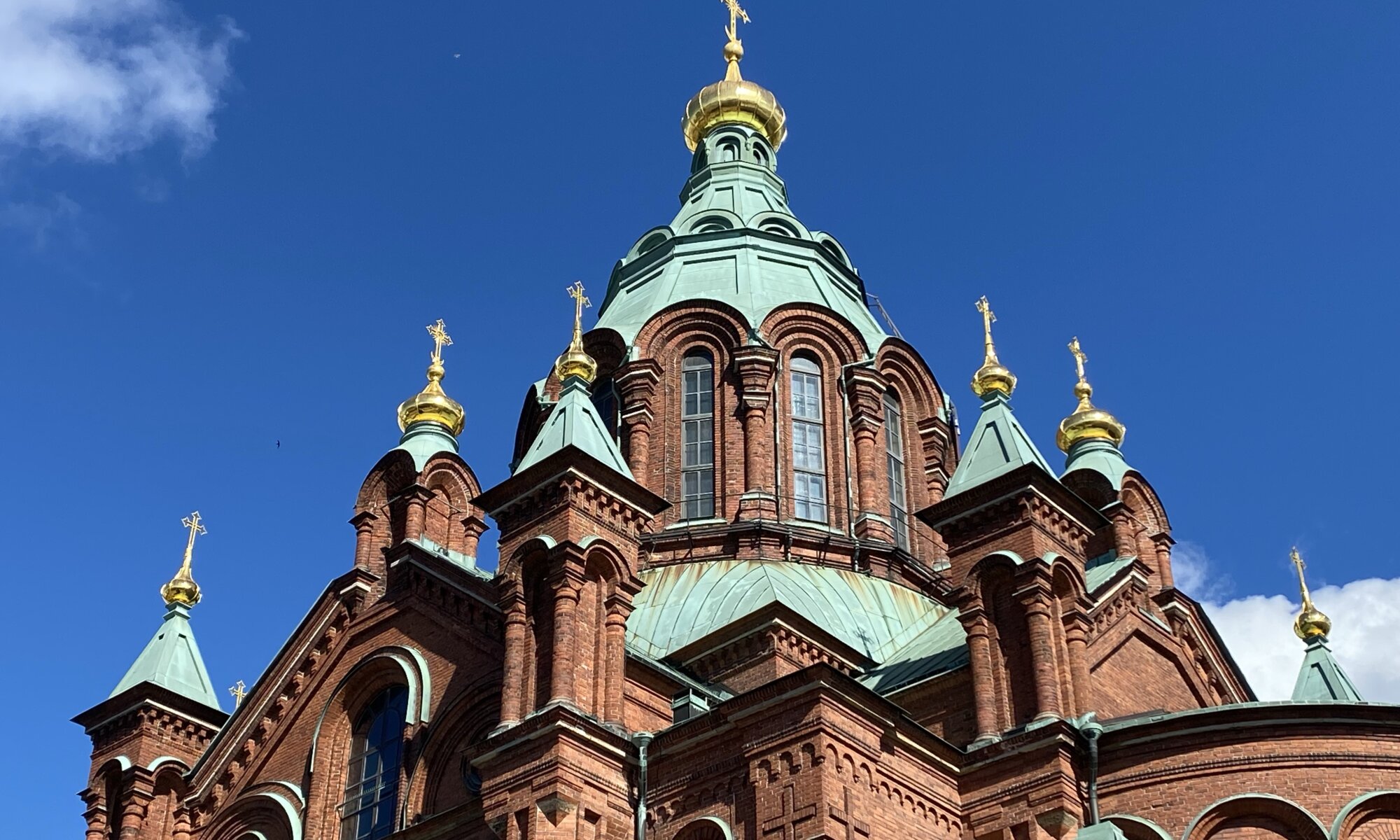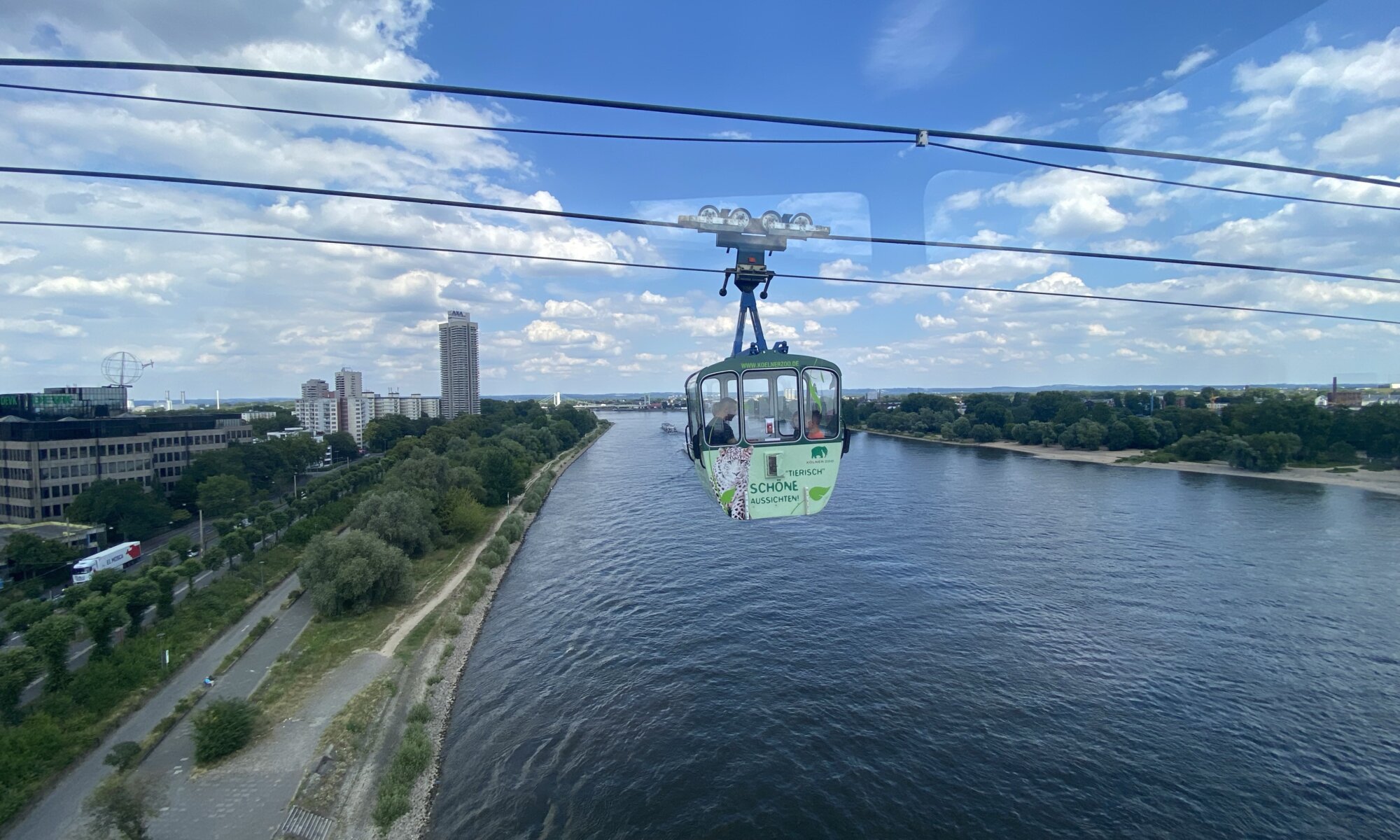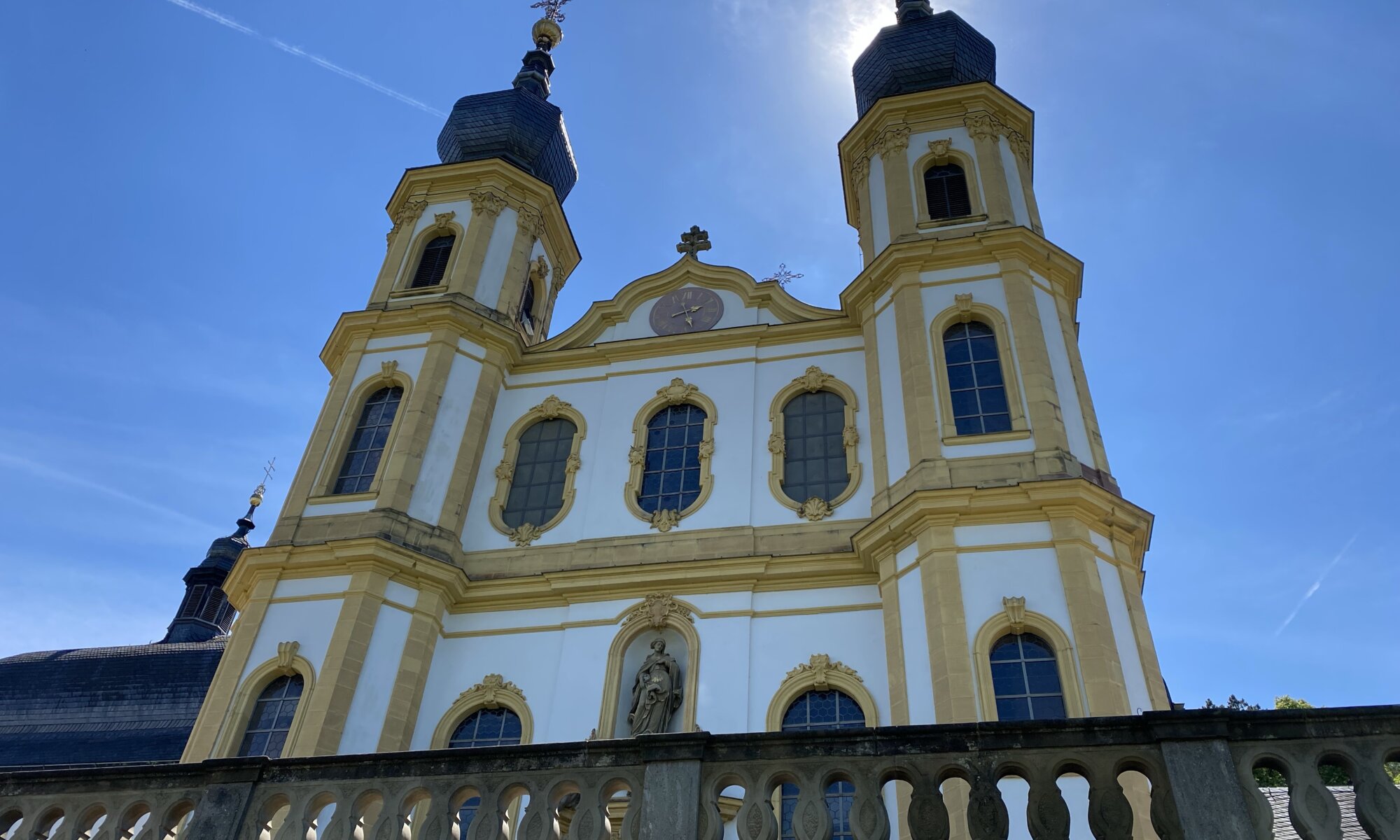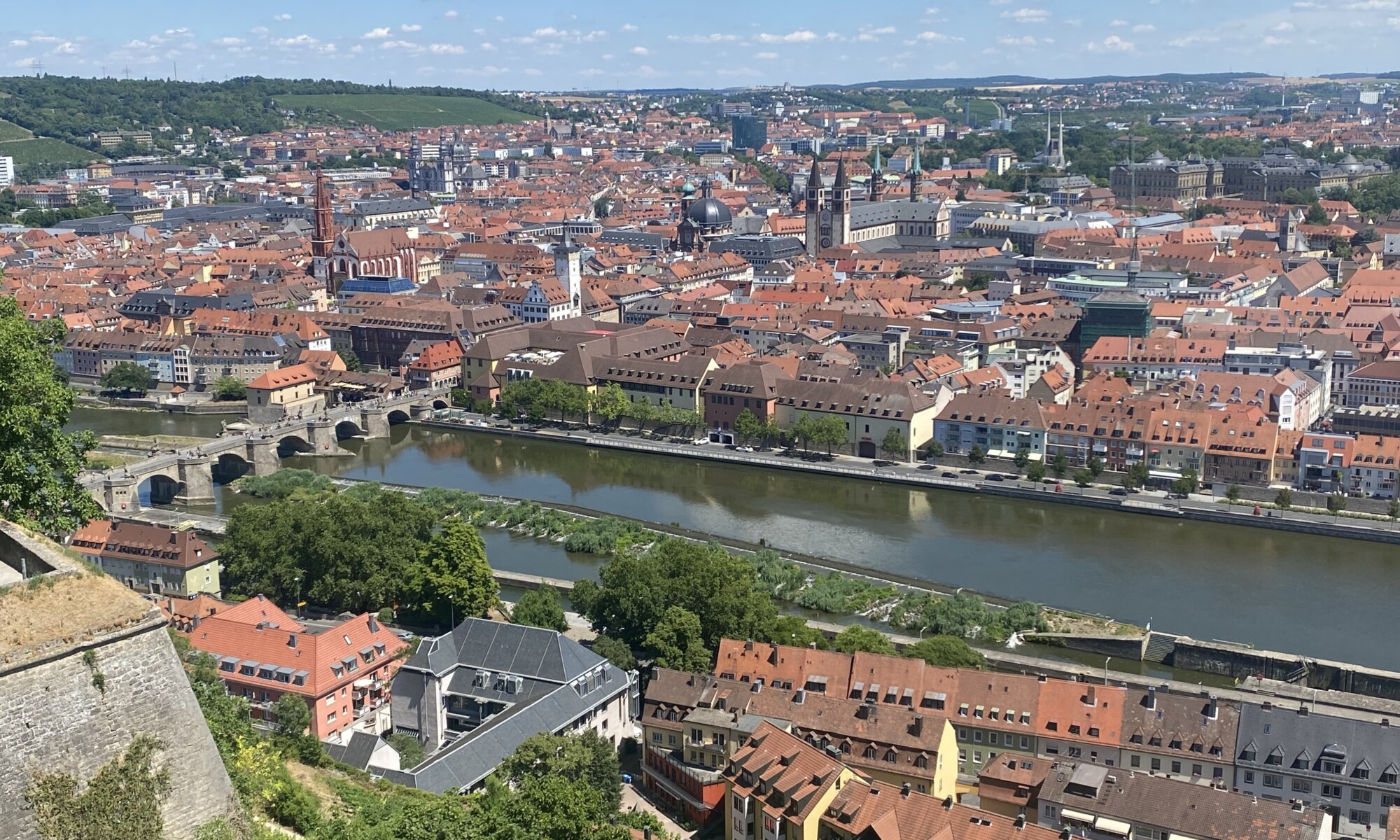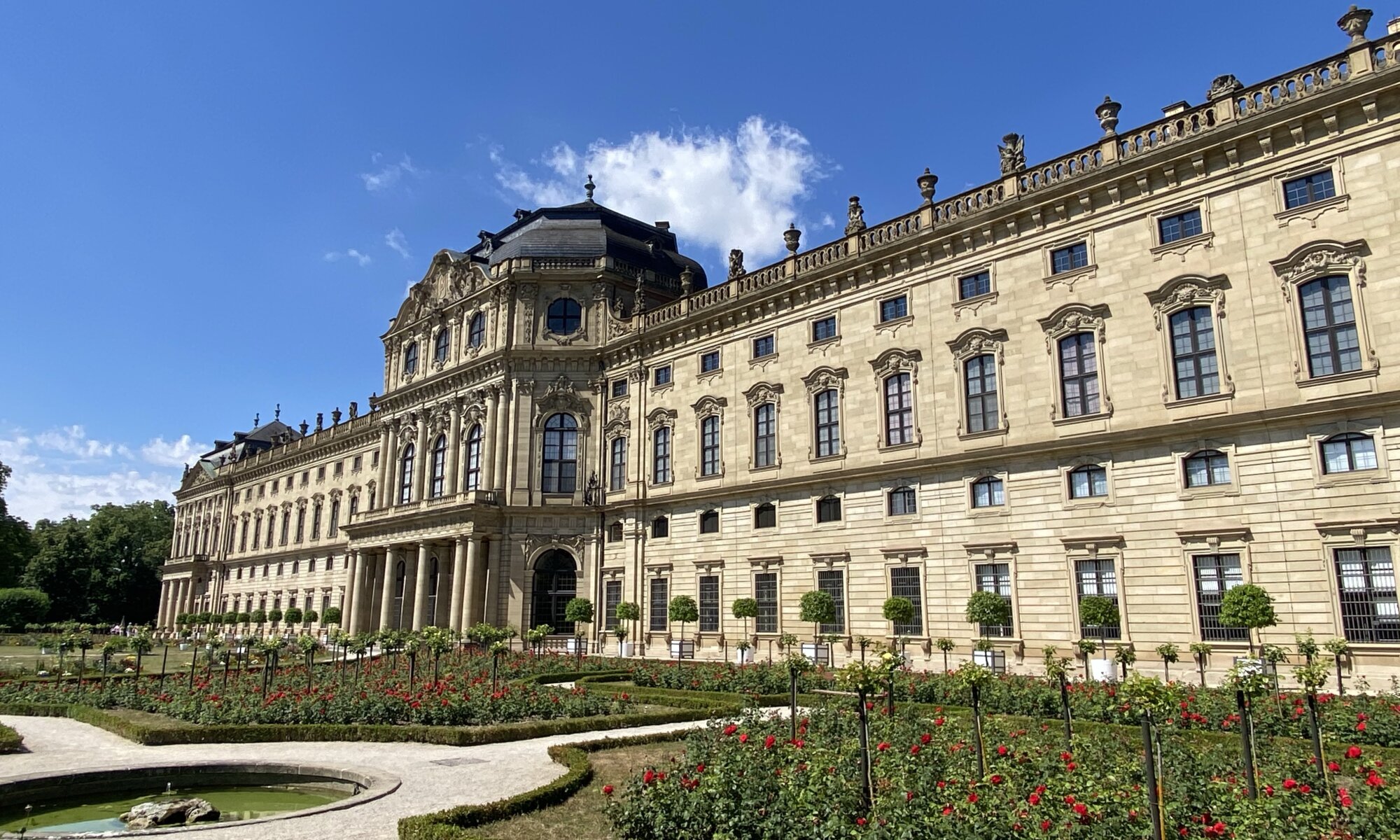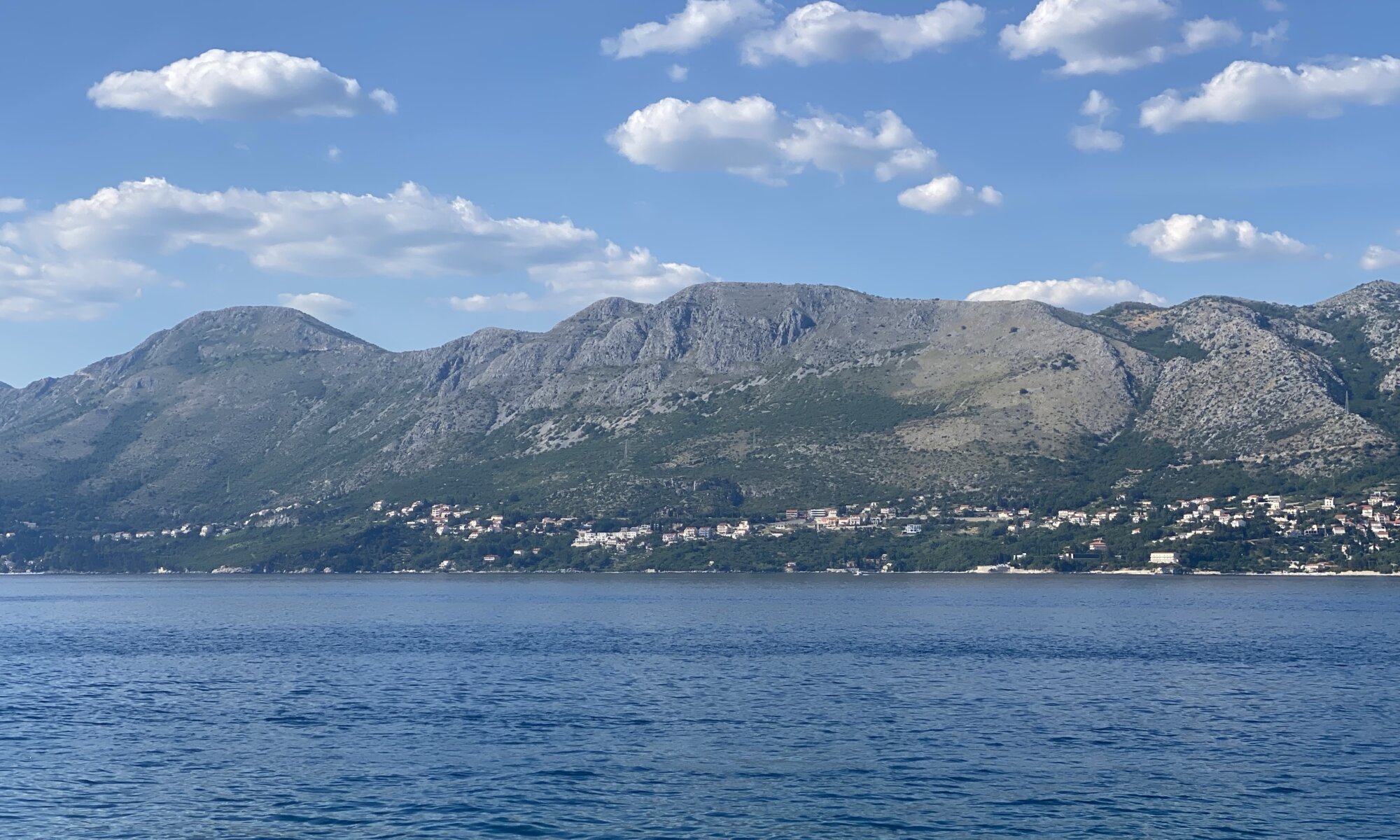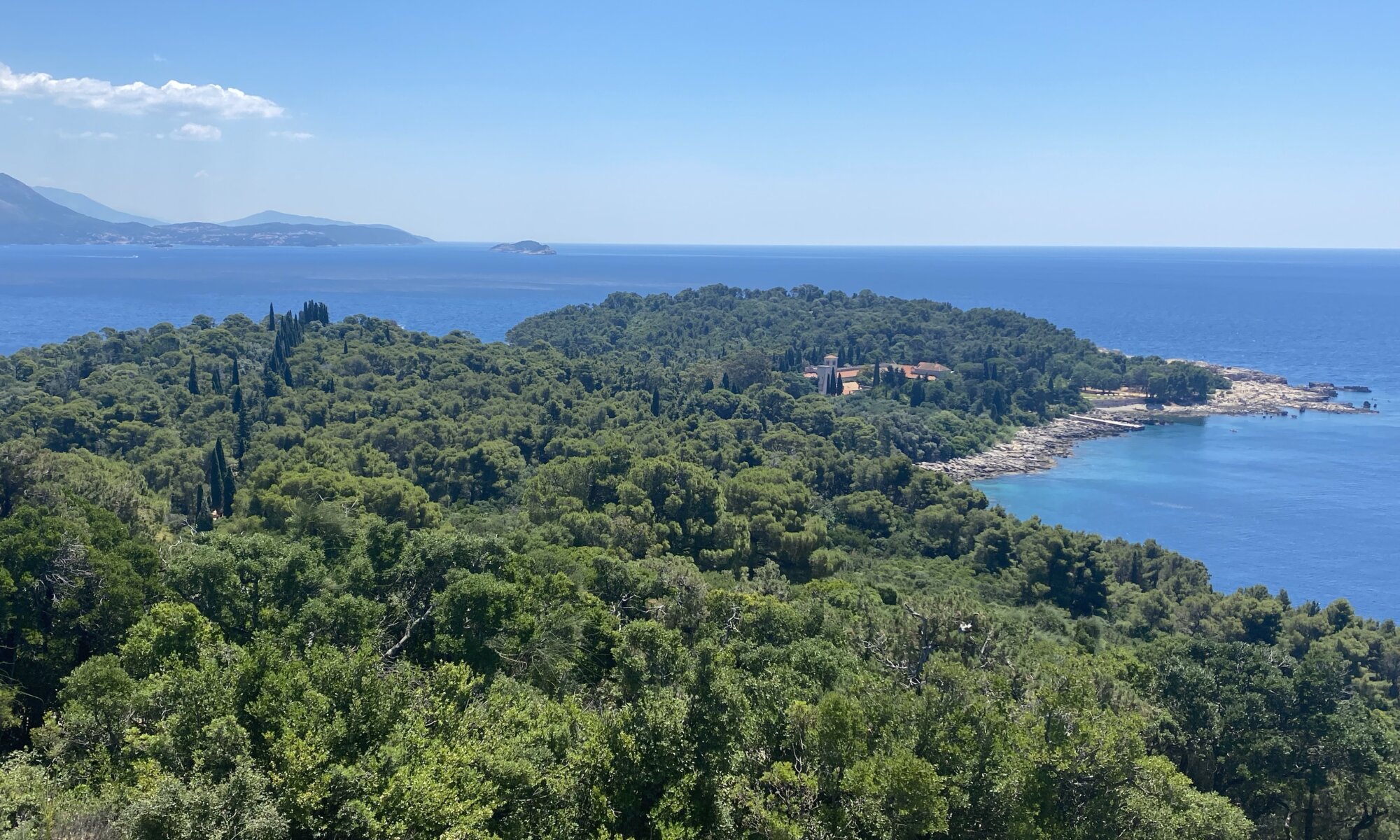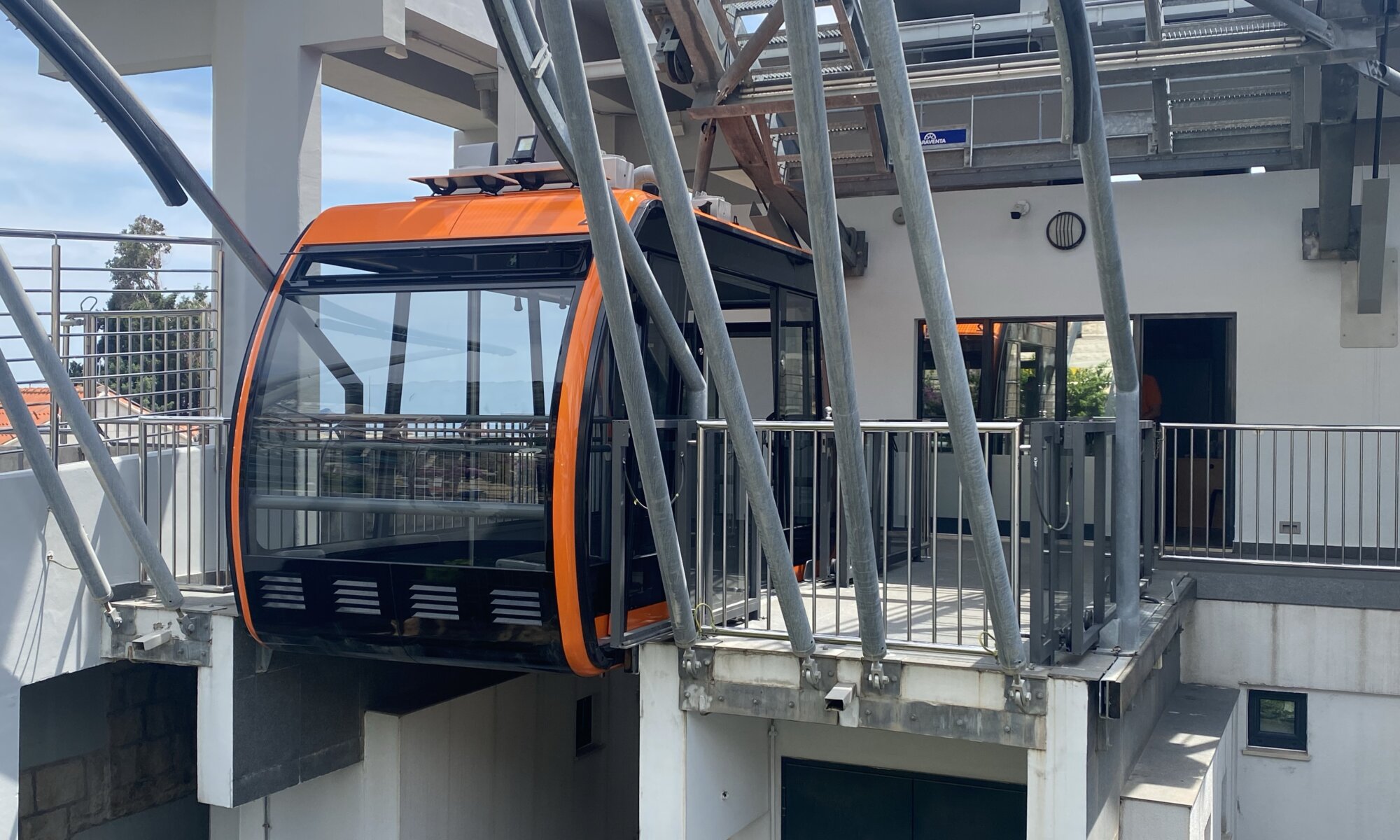Right next to the harbor of Helsinki you can find the beautiful Orthodox Uspenskin katedraali on a hill. It is built from 700,000 red bricks which gives the church a unique look and its roof contains thirteen cupolas. The cathedral was consecrated in 1868 and is the largest Orthodox church in the northwestern Europe. And it has all the richness you would expect from an Orthodox Christian church.
Continue reading “Russian cathedral”Sibelius
A special and well-known monument at Helsinki, Finland, is the Sibelius-monumentti. Like a fascinating arrangement of organ pipes it is standing on a rock in the Sibeliuksen puisto park, waiting to be looked at from all sights and even from underneath. Whom the work titled Passio Musicae is dedicated to can only be understood when you look to the side and find the face of Jean Sibelius.
Continue reading “Sibelius”Rhein-Seilbahn
There is a simple rule that is most often true: wherever a federal horticultural show is held in Germany, you’ll later find a funicular. Such a Bundesgartenschau is not only an event for tourists, it is also always used to change the area it is organized at, to reactivate fallow land that is most often hard to reach. And therefore very often funiculars are built to make the area better accessible for visitors of the Bundesgartenschau. And people love it.
Continue reading “Rhein-Seilbahn”Käppele
If you need some good views on Würzburg, if you want to enjoy heavenly silence or if you need to do penance for something – think about taking the steep ascent to the Käppele. It is a pilgrimage church high above the city also referred to as Mariä Heimsuchung. The Käppele was built by famous architect Balthasar Neumann in Rococo style and was consecrated in 1754.
Continue reading “Käppele”Festung Marienberg
High above Würzburg and the river Main you can see the Marienberg fortress. In fact it is located 100 meters higher than the river on a mountain. This strategic position was used continuously throughout the centuries and the current fortress was residence of the prince-bishops of Würzburg from 1253 to 1719.
Continue reading “Festung Marienberg”The Versailles of Bavaria
Some people like to show off using the size of their residence. The prince-bishops of Würzburg are not different and created the Residenz, a vast baroque style castle. Finished in 1781 it was altered multiple times but the original style was preserved. Therefore, the UNESCO declared the castle a World Heritage site in 1981. Hopefully this helps to preserve the Residenz – after it was already massively damaged during World War II.
Continue reading “The Versailles of Bavaria”Wasserspiele
The highlight of the Bergpark Wilhelmshöhe at Kassel are the historic water features or water games. To show their power, the landgraves were even taming the elements and in this case controlling water: behind the Herkules monument, water is collected in large basins. At dedicated points in time it is floating down the hill without any electricity, creating sounds and fountains. This event happens every Wednesday, Sunday and on public holidays from May 1st to October 3rd.
Continue reading “Wasserspiele”Cavtat
In the most southern part of Croatia, few kilometers away from Bosnia and Montenegro, you’ll find Cavtat. It’s a small town you would typically choose for a quiet beach vacation: not much hustle and bustle, many small beaches between forests and a harbor with good bars and restaurants.
Continue reading “Cavtat”Lokrum
Once people have seen all angles of the old city of Dubrovnik they often search for some nature and a bit of recreation. Preferred destination for that is the island of Lokrum, a natural reserve on an island directly in front of the city (just 600 meters away). You simply need to get to the harbor, buy a ticket and a boat will take you out to a relaxed place with beaches, bars, a castle, a botanical garden and peacocks.
Continue reading “Lokrum”Srđ
The best views on the old town of Dubrovnik you’ll find on mountain Srđ. It is a 412 meters high mountain that can be easily accessed by cable car from a station close to the Ploče gate of the city center. When you arrive up there you can enjoy lunch in a restaurant with an amazing outdoor terrace and you can visit a museum in the ruins of the ancient Fort Imperial.
Continue reading “Srđ”
